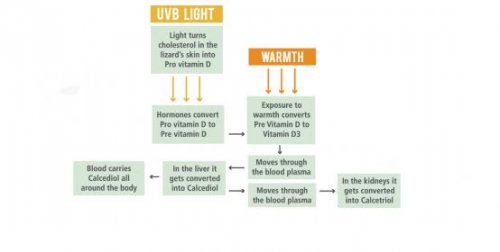B
busterboy
Guest
PLEASE READ!!
Okay, so I was in science class today learning about ULTRAVIOLET RAYS. And I had learned that UVB is actually the most harmful Ultraviolet Rays to humans creating sunburns and cataracts to the eyes. It DOES NOT create vitamin D. In fact, UVB is what causes mutation in our DNA causing CANCER....Which is why the "sun Protection Factor"(SPF) (suncreen lotions) protects us against UVB, not UVA. Having that in mind, I also learned UVA is the actual ULTRAVIOLET RAYS that create vitamin D for us. Now my question is.... If "my science book" is correct, which I assume no one can disagree, WHY DO WE USE UVB BULBS INSTEAD OF UVA FOR OUR REPTILES? Why does everyone say UVB bulbs are the important one which created vitamin D when it does not? Now it might be different for reptiles. IDK? Can someone please explain?
P.S can I get some friend requests?
Okay, so I was in science class today learning about ULTRAVIOLET RAYS. And I had learned that UVB is actually the most harmful Ultraviolet Rays to humans creating sunburns and cataracts to the eyes. It DOES NOT create vitamin D. In fact, UVB is what causes mutation in our DNA causing CANCER....Which is why the "sun Protection Factor"(SPF) (suncreen lotions) protects us against UVB, not UVA. Having that in mind, I also learned UVA is the actual ULTRAVIOLET RAYS that create vitamin D for us. Now my question is.... If "my science book" is correct, which I assume no one can disagree, WHY DO WE USE UVB BULBS INSTEAD OF UVA FOR OUR REPTILES? Why does everyone say UVB bulbs are the important one which created vitamin D when it does not? Now it might be different for reptiles. IDK? Can someone please explain?
P.S can I get some friend requests?






